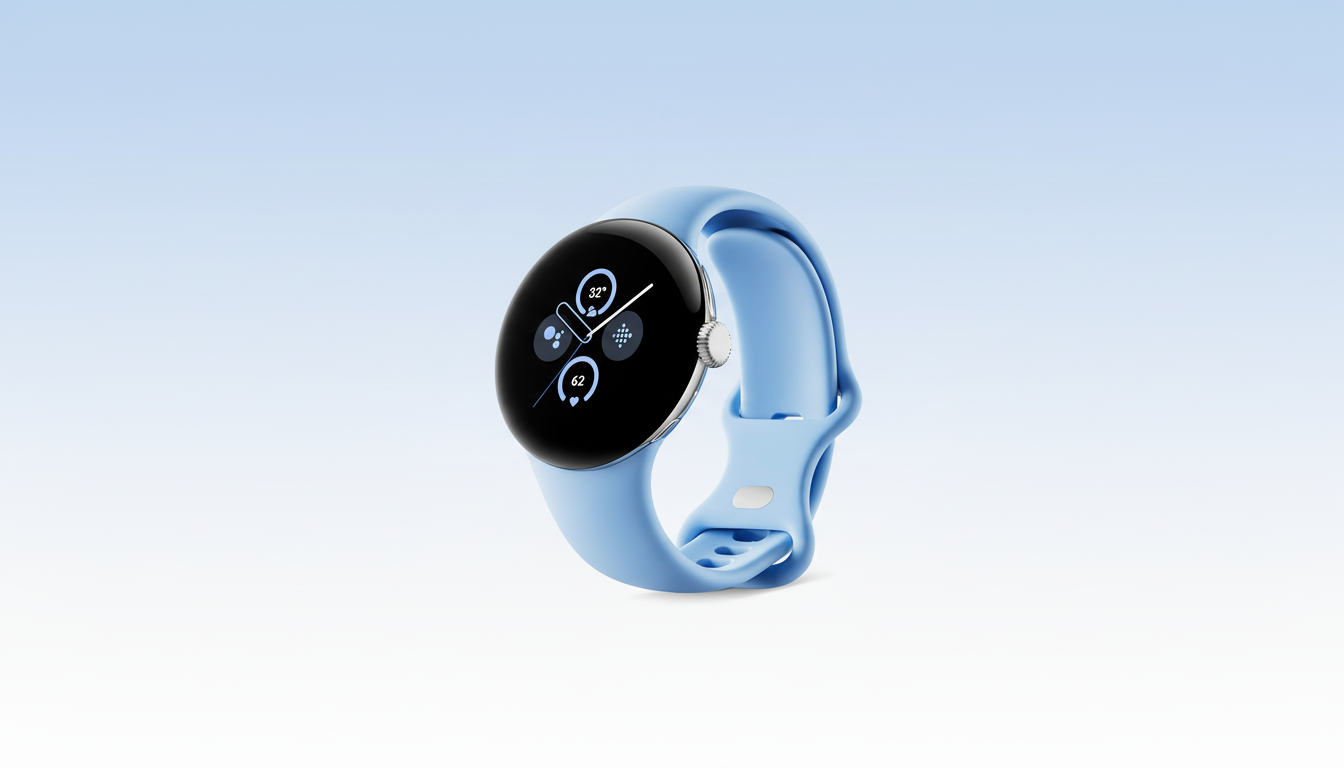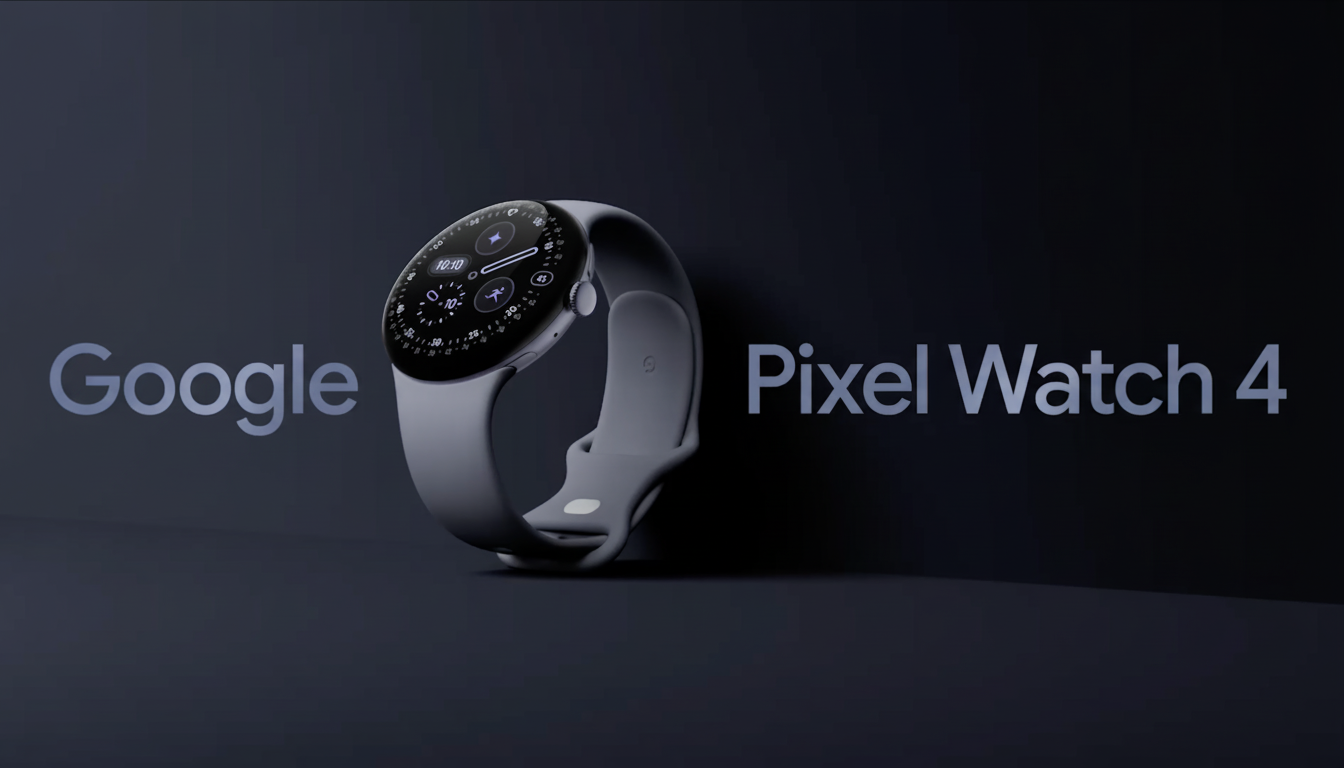Google has started pushing out its likely last software update for the first-generation Pixel Watch, drawing a line under its original smartwatch since it’s kept up with its 3-year support promise. The October rollout of the update, which prioritizes security and stability, is staged by way of an over-the-air push.
The build identified as BW1A.251005.003.W1 is not getting Wear OS 6. It delivers only incremental fixes and security updates intended to help the device remain safe and stable as official support comes to a close. For owners, this is the final stop on a planned journey that started with Wear OS 3 and breathed new life into it along the way.
- What This Final Pixel Watch Update Actually Includes
- Why Official Support Ends Now for the Original Pixel Watch
- What the Update’s End Means for Current Pixel Watch Owners
- How Google’s Support Timeline Compares to Key Competitors
- Upgrade Paths and Important Data Considerations to Note
- Bottom Line for First-Generation Google Pixel Watch Owners

What This Final Pixel Watch Update Actually Includes
Google’s notes describe the release as a maintenance update: security patches, bug fixes, and under-the-hood optimizations. There aren’t any headline features here, but these builds typically fix edge-case crashes, flaky Bluetooth connectivity for the most unpredictable cases, and other minor sensor calibration issues you might not even notice until they’re gone.
Importantly, this update does leave the original model now on its own former platform generation. Wear OS 6 is still only for newer hardware, which is in line with how Google and its partners usually gate big OS updates to devices that have newer chips and longer support windows.
Why Official Support Ends Now for the Original Pixel Watch
When the Pixel Watch was first released, Google committed to at least three years of software and security updates. That commitment is now complete. The Exynos 9110-based watch debuted in 2022, and despite Google having pushed out several updates — including the transition to Wear OS 4 — aging silicon combined with a finite support period set real-world constraints on how many upgrades could be expected.
This rhythm reflects common practice across the industry. Suppliers issue finite timelines to take into consideration engineering resources, component constraints, and certification mandates — especially with security. Google’s public device support policies have been growing on phones for years now, but wearables are still getting the shorter, more easily discernible lifecycles.
What the Update’s End Means for Current Pixel Watch Owners
Day-to-day functionality won’t suddenly disappear. Being able to track your fitness, get notifications, use Google Wallet and Assistant, and have Fitbit integrations will remain the same as today. The shift is also about risk: If a device is no longer receiving security bulletins, its exposure to newly found vulnerabilities will slowly increase over time.
It also might, though it does not always, mean Google sends out ad hoc patches outside the formal window.

The company has also overshot its base commitments on other products. Still, any users that prioritize security or new features (or multi-year longevity) should start making somewhere else a part of their long-term plans.
How Google’s Support Timeline Compares to Key Competitors
Apple usually provides software updates to its watches for around five years; models such as the Apple Watch Series 3 have ceased receiving major updates after approximately that time period. More recent Galaxy Watch lines from Samsung have generally received more software support than older generations, and they’ve been updated for a few years before getting left behind.
Observers at firms like Counterpoint Research have already pointed out that software longevity is becoming more of a purchase driver in wearables, affecting not just how long you keep the device but replacement cycle alongside battery health and performance. Google came through with three years, as promised for this round. (On its website, Google’s Wear OS team said “at least” three years.) But perhaps longer timelines could hang on newer hardware baselines.
Upgrade Paths and Important Data Considerations to Note
For those who are ready to make the switch, Google’s newer models — the Pixel Watch 2 and beyond — will have faster processors, better battery management, and more robust safety and fitness features, as well as eligibility for all current and future Wear OS updates. Owners should back up watch settings and ensure Fitbit data is syncing to their Google account before pairing a new device.
Trade-in programs and various promotional packages can help defray the cost of making the transition, and many retailers offer periodic inducements in association with key software milestones. If you are keeping the original watch, here are some common-sense habits to adopt:
- keep apps updated;
- disable permissions for unneeded features (for instance, if the watch is not connected to a cellular network, several location-based services can be switched off);
- pay attention to battery use and sensor performance after your final update.
Bottom Line for First-Generation Google Pixel Watch Owners
The October release provides stable residence for the first Pixel Watch, as well as closing its official support book. It’s a practical conclusion for a device that helped reopen Google’s wearable ambitions while paving the way to the more powerful models currently leading the platform.

